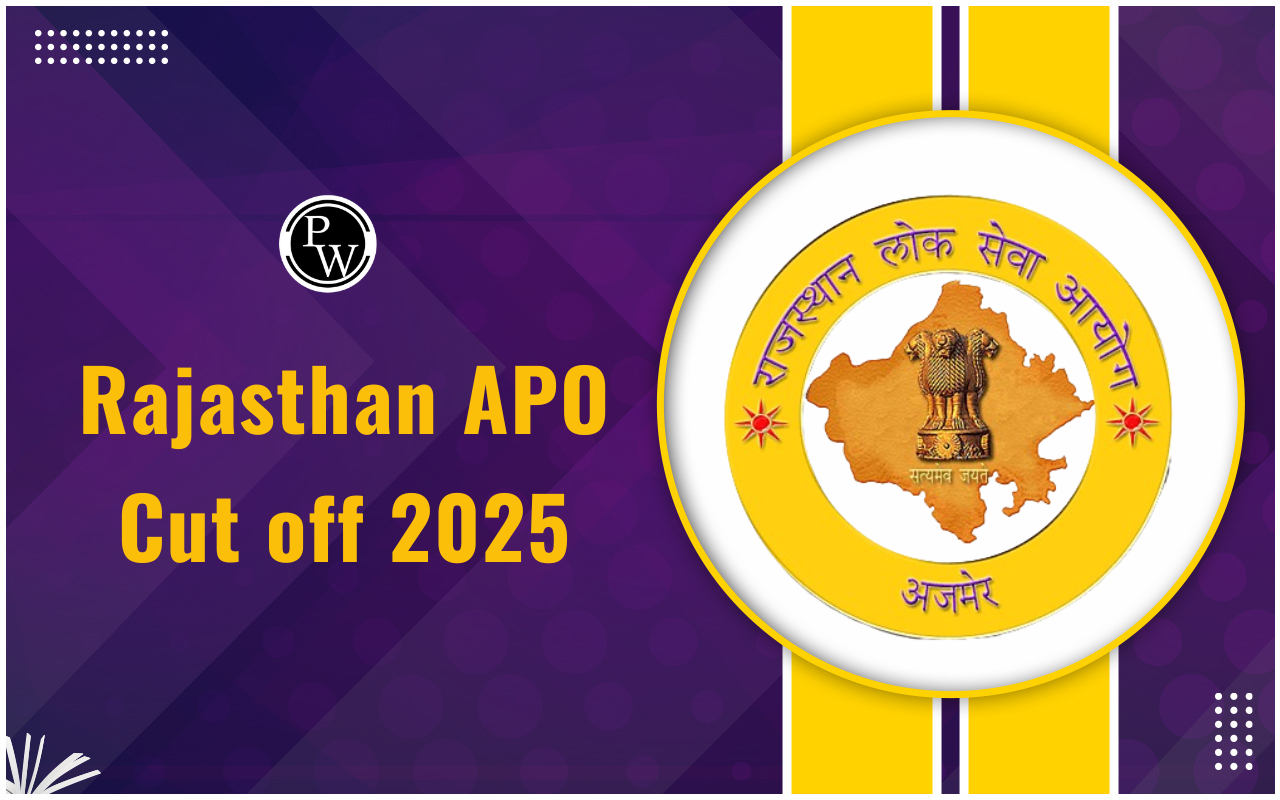
Supreme Court Judge Salary in India is not only a subject of public interest but also a symbol of the high stature, responsibility, and dignity associated with the judiciary. As the apex court in the country, the Supreme Court of India commands a panel of the most respected and knowledgeable legal minds. Their salary, allowances, perks, and pension are governed by specific legislation and periodically revised in accordance with recommendations by expert committees.
Legal Framework Governing Supreme Court Judge Salary 2025
The Supreme Court Judge Salary in India is governed by the Supreme Court Judges (Salaries and Conditions of Service) Act, 1958. This legislation outlines not just the salary but also the allowances, pension, and other conditions of service. Any revision in their pay structure requires an amendment to this Act.
The latest amendment in salary and service conditions came following the recommendations made after the implementation of the 7th Central Pay Commission (CPC) for civil servants. A three-judge committee was constituted by the then Chief Justice of India to recommend suitable revisions for the judiciary.
Supreme Court Judge Salary 2025 Structure
As per the revised framework effective from 1st January 2016, the Supreme Court Judge Salary 2025 Structure is as follows:
|
Supreme Court Judge Salary Structure |
|||
|
Designation |
Basic Salary (Per Month) |
Pension (Annual) |
Gratuity |
|
Judge of the Supreme Court |
₹2,50,000/- |
₹15,00,000/- + Dearness Relief |
₹20,00,000/- |
This structure reflects the Supreme Court Judge Salary Per Month in India. Additionally, they are entitled to several other financial and non-financial benefits.
Supreme Court Judge Salary 2025 In-Hand
The Supreme Court Judge Salary In-Hand Salary includes the basic pay plus allowances. While ₹2,50,000/- is the gross salary, the in-hand salary includes:
-
House Rent Allowance (HRA): 24% of the basic salary.
-
Furnishing Allowance: ₹8,00,000/- as a one-time benefit.
-
Sumptuary Allowance: ₹34,000/- per month for hospitality and other discretionary expenses.
-
Dearness Relief: Applicable on pension and periodically revised.
Thus, Supreme Court judges receive an in-hand salary that comfortably exceeds ₹3 lakh per month when allowances and perks are included.
Supreme Court Judge Salary 2025 Allowances and Perquisites
In addition to the salary, Supreme Court judges enjoy a wide range of allowances and perquisites, including:
-
Rent-free official residence with staff and maintenance.
-
Chauffeur-driven car and security personnel.
-
Travel allowances for official and personal travel.
-
Medical benefits for self and dependents.
-
Retirement benefits, including a lifetime pension, gratuity, and health care.
How Rich Are Supreme Court Judges?
While Supreme Court judges are not permitted to practice law post-retirement, many accept constitutional or quasi-judicial appointments. Based on publicly declared assets, some judges hold considerable personal wealth.
For instance, as per the asset declarations of five sitting judges (excluding assets under spouse/joint ownership):
|
Justice |
Total Investment/Assets (Approx.) |
Key Investments |
Movable Property |
Real Estate & Other Assets |
Liabilities |
|
Justice Sanjiv Khanna(Chief Justice of India) |
₹3.4 crore |
|
|
|
Not specified |
|
Justice B.R. Gavai(CJI-Designate) |
₹42 lakh (investments)₹80 lakh (movable) |
|
|
|
|
|
Justice Abhay S. Oka |
₹1.3 crore |
|
|
|
|
|
Justice Sanjay Karol |
GPF: ₹61.19 lakhBank: ₹13.31 lakh |
Shares in listed companies (a few only) |
|
|
Not specified |
|
Justice K.V. Viswanathan |
₹120 crore+ |
|
|
|
Not specified |
Supreme Court Judge Job Profile 2025
The Supreme Court Judge Job Profile involves interpreting and upholding the Constitution of India, reviewing appeals against judgments from lower courts, settling disputes between states and the Union, and addressing public interest litigation. Their judgments set legal precedents that have a nationwide impact.
Supreme Court Judge Roles and Responsibilities
The Supreme Court Judge's Roles and Responsibilities include:
-
Hearing civil, criminal, constitutional, and electoral matters.
-
Ensuring that laws passed by the legislature comply with the Constitution.
-
Safeguarding the fundamental rights of citizens.
-
Adjudicating in presidential references and interstate disputes.
-
Leading various benches and writing landmark judgments.
Their role is vital for maintaining the rule of law, upholding democracy, and delivering justice.
Supreme Court Judge Career Growth and Promotions
There is no conventional promotion hierarchy among Supreme Court judges as all are considered equals in terms of authority, except for the Chief Justice of India (CJI). However, Supreme Court Judge Career Growth and Promotions can include:
-
Appointment as the Chief Justice of India, which comes with additional administrative responsibilities and a higher sumptuary allowance.
-
International assignments, such as judgeship at the International Court of Justice or another international tribunal post-retirement.
-
Post-retirement roles in commissions, tribunals, and law commissions are due to their vast expertise.
The professional reputation and stature of a retired Supreme Court judge often command immense respect in both national and international legal forums.
Explore the Judiciary Coaching 2025 to access essential resources for Judiciary exam preparation, including detailed insights and strategies. Dive into the Judiciary 2025 for structured courses and focused study plans designed to help aspirants excel in their exams.
Supreme Court Judge Salary in India 2025 FAQs
What is the current Supreme Court Judge Salary?
What is the in-hand salary of a Supreme Court judge?
What is the monthly salary of a Supreme Court judge in India?
How rich are Supreme Court judges?
What is the salary structure for Supreme Court judges?
What is the job profile of a Supreme Court judge?










